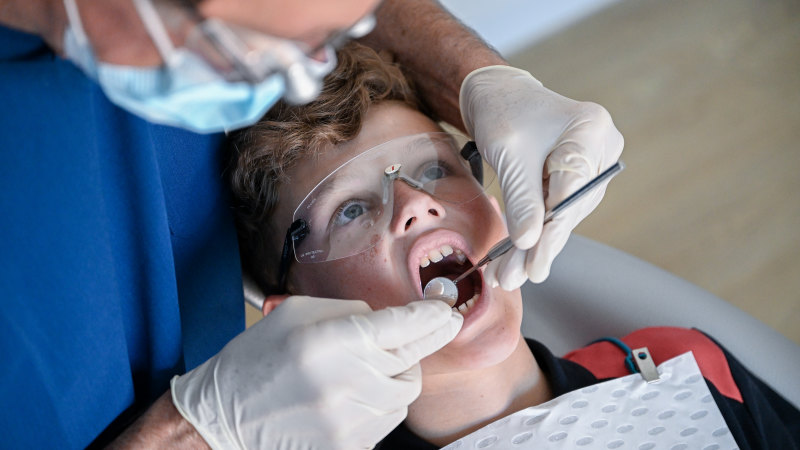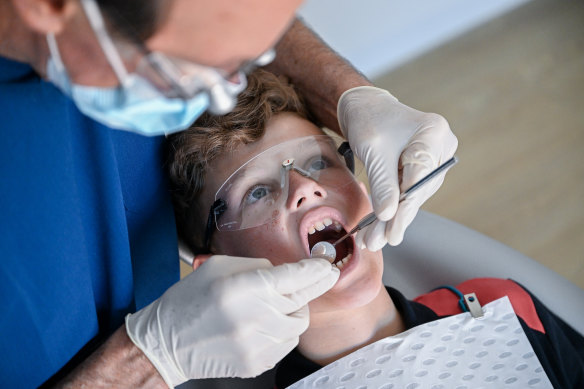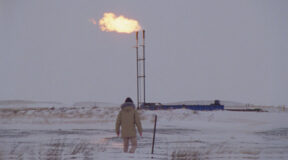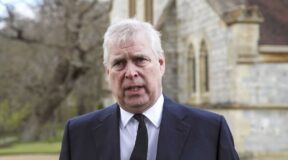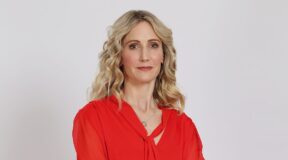Save articles for later
Add articles to your saved list and come back to them any time.
Australians are paying an average of $230 for a standard check-up and clean at the dentist – or up to $300 when they visit a new clinic – as consumers continue to pay the bulk of the country’s dental costs.
Sydney’s most expensive dentists are on its northern beaches: dental services in the electorate of Warringah cost $274 on average for a standard visit and $344 if you’re a new patient. Mackellar is not far behind, with dentists charging an average $272.
In Melbourne, the priciest dental surgeries are in the inner suburban electorates of Higgins and Goldstein, where consumers will fork out more than $260 for a check-up and clean, or $350 for a first-time visitor.
Australians are paying an average of $230 for a standard check-up and clean at the dentist – or up to $300 when they visit a new clinic – as consumers continue to pay the bulk of the country’s dental costs.Credit: Joe Armao
The electorate-level data, collected this year from 6268 dentist clinics by health directory Cleanbill, offers a first-time insight into the spread of dental costs across the country while a Senate inquiry works on recommendations for the government to improve access to dental services.
Canberra’s dentists were the most expensive in the country, with an average visit costing $285, or $372 for a new patient. Australia’s most affordable dental services were in six western Sydney electorates, as well as the Victorian electorates of Lalor and Calwell, where a standard appointment cost an average of $190 or less.
Cleanbill founder James Gillespie said his data showed dental care was increasingly unreachable for the almost half of Australians who didn’t have access to private extras cover through insurance.
The Australian Dental Association’s survey data confirms the $230 average cost for a standard visit comprising an oral exam, X-ray, scale and clean. Vice-president Scott Davis said the expense was hard to avoid, given tough regulatory standards and the cost of importing equipment in Australia.
“Ultimately, healthcare practitioners have to pass costs on to the consumers, and that makes it more expensive,” he said.
Australians pay more out-of-pocket for dental services than the OECD average of 17 per cent. Of the $11.1 billion spent on dental in Australia in the 2020-21 financial year, almost 60 per cent ($6.5 billion) was paid for directly by consumers.
Private health insurers covered 20 per cent ($2.2 billion) while the Commonwealth ($1.3 billion) and state and territory governments ($946 million) made up the rest.
The same year, there were about 83,000 hospitalisations for dental conditions that were potentially preventable with earlier treatment.
Just under half of Australians see a dentist each year. While that figure has remained stable over the past decade, it is lower than in comparable countries such as Canada and the United States, where 75 per cent and 63 per cent of adults access dental services each year.
The Senate inquiry’s interim report said almost 40 per cent of Australian adults avoid or delay visiting a dentist due to cost, almost a quarter experience “a lot of difficulty” paying a $200 dental bill, and about 23 per cent of Australians who visit the dentist cannot afford the recommended treatment and do not complete it.
“Australia’s public dental and oral healthcare is fragmented, under-resourced and overstretched. Australians are paying more for dental care than people in many other countries, but with poorer health outcomes, and access to dental services remains deeply inequitable,” it said.
“The problems are clearly defined and well understood, and a number of possible solutions have been articulated over recent decades. Despite this, very little has changed.”
The health department’s submission to the Senate inquiry said it was too early to assess whether this year’s cost-of-living squeeze had affected dental services.
However, it said “a significant proportion of costs for dental services are borne by individuals, therefore access to services is likely to be impacted by the rising cost of living”.
Consumer Health Forum chief executive Elizabeth Deveny said she was hearing “all the time” how hard it was for people to manage their health needs with rising cost-of-living pressures.
“We know that when people delay care it often results in poorer health outcomes and this is in no one’s interest,” she said.
“What we don’t want to see is consumers not being able to receive the oral care they need when they need it because it is too expensive and so instead have to wait for their problem to get so big their only option is to go to hospital. The system must be designed to make sure people get the right care at the right time.”
The peak body wants the federal government to step up its investment in public dental services, starting with $500 million each year targeted to those who need it most.
The Morning Edition newsletter is our guide to the day’s most important and interesting stories, analysis and insights. Sign up here.
Most Viewed in Politics
From our partners
Source: Read Full Article
